Richard Feynman, a famous theoretical physicist who won the Nobel Prize, said that if he could pass on only one piece of scientific information to future generations, it would be that all things are made of atoms.
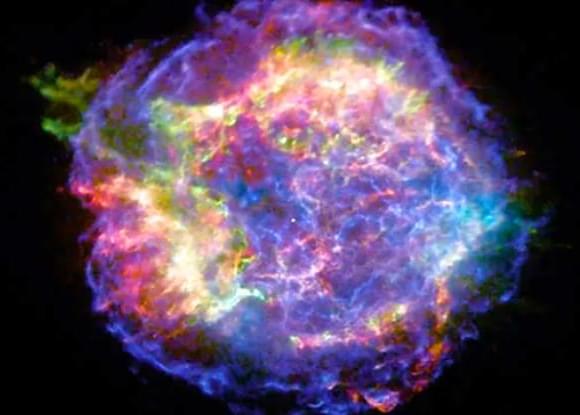

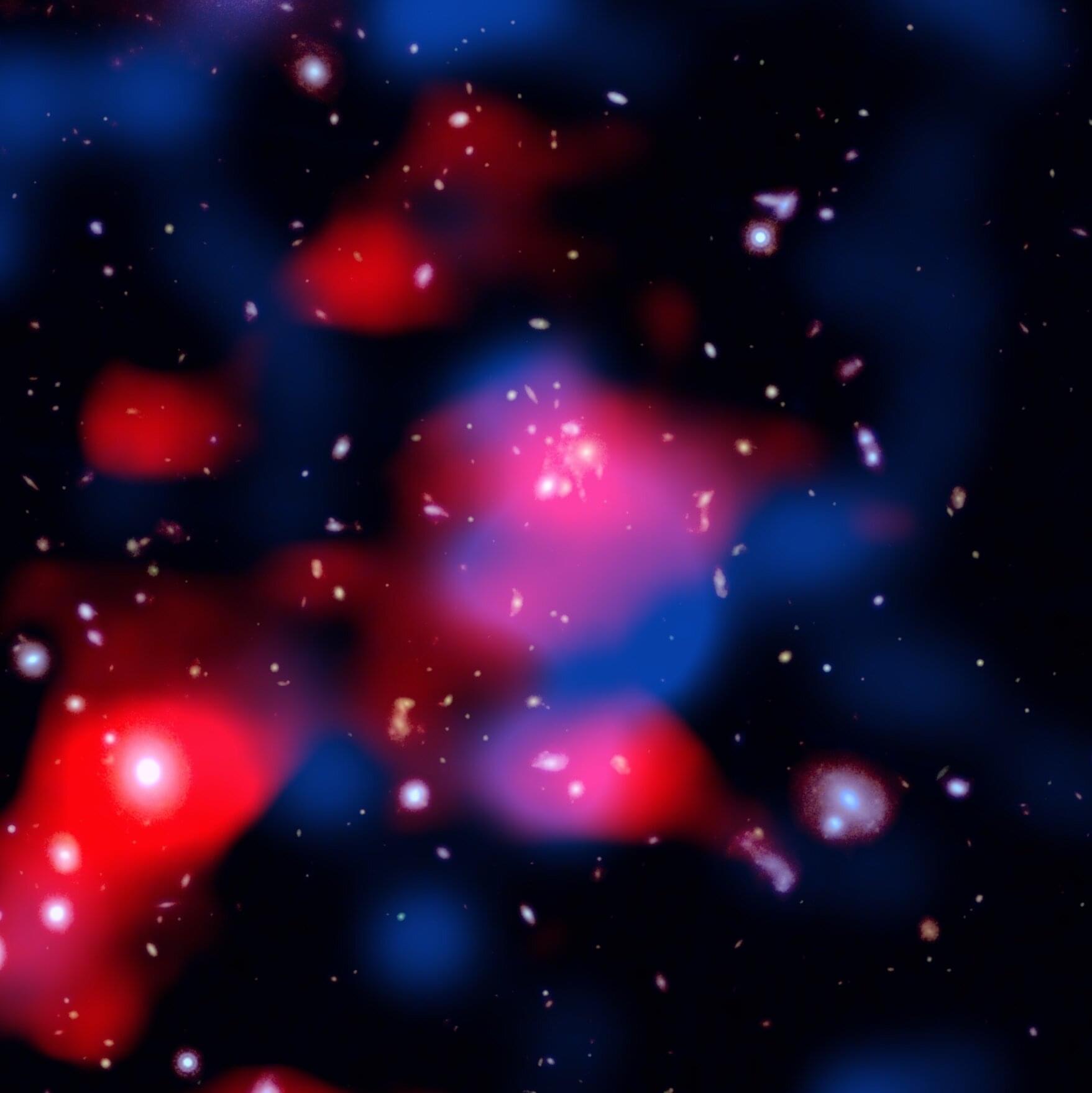
The researchers analyzed data from the Low Frequency Array (LOFAR) radio telescope, a vast network of over 100,000 small antennas spanning eight European countries.
While studying a galaxy cluster named SpARCS1049, the researchers detected a faint, widespread radio signal. They found that it did not emanate from individual galaxies, but from a vast region of space filled with high-energy particles and magnetic fields.
Stretching over a million light-years, this diffuse glow is a telltale sign of a mini-halo, a structure astronomers have only been able to observe in the nearby universe up until now.
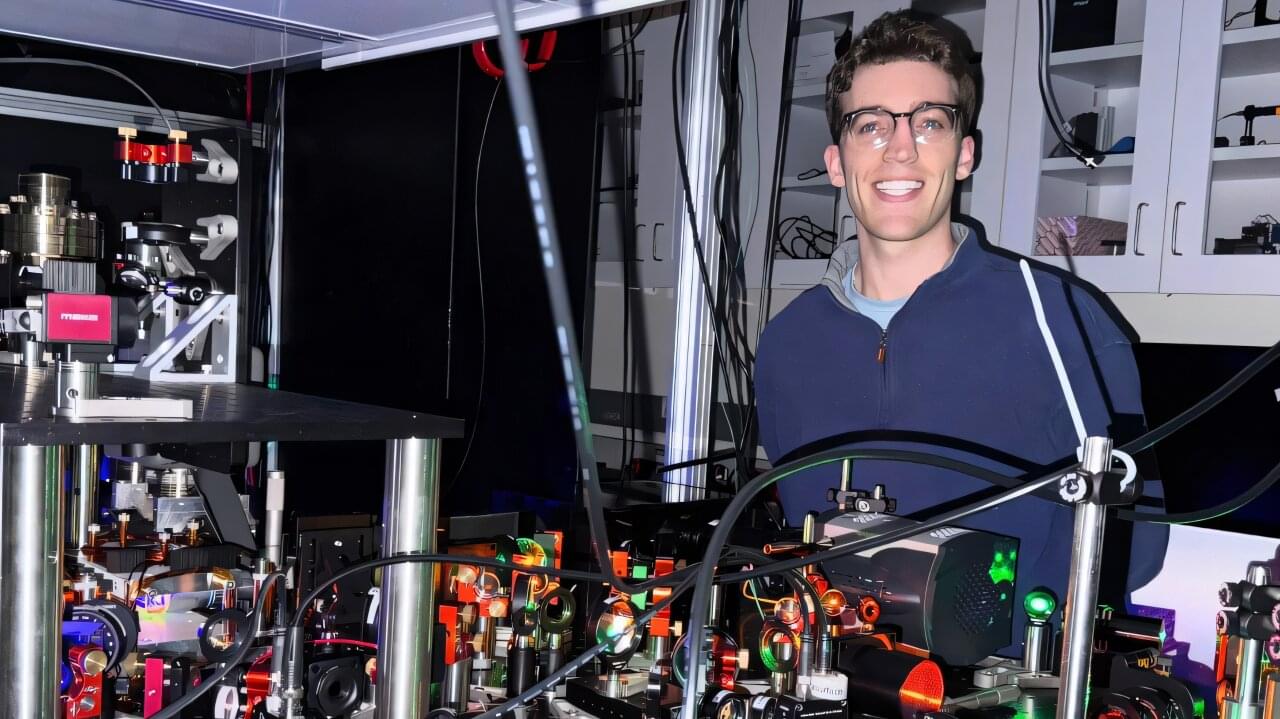
Blink and you might miss it, but if you keep your eye on the monitors in professor Sebastian Will’s lab, you’ll catch a series of single-second flashes that light up the screen. Each flash is an atom of strontium, a naturally occurring alkaline-earth metal, being briefly captured and held in place by “tweezers” made of laser light. “We can see single atoms,” says graduate student Aaron Holman. “Seeing those never gets old.”
The lab saw its first atom at the end of 2022, after two years of constructing the experimental setup—a complicated and carefully calibrated series of atomic sources, vacuum chambers, magnets, electronics, and lasers that trap individual atoms and place them into custom arrangements—from scratch.
Holman, currently a 5th-year Ph.D. student in Physics, helped build the “TweeSr” project, as it’s referred to in the lab, from the ground up. A pure atomic, molecular, and optical (AMO) physicist at heart, he’s now working on ways to turn fundamental research on how atoms, molecules, and light interact into new technologies with collaborators at Columbia Engineering. He’s also heading toward bigger scales as part of a quantum network that is currently under construction.
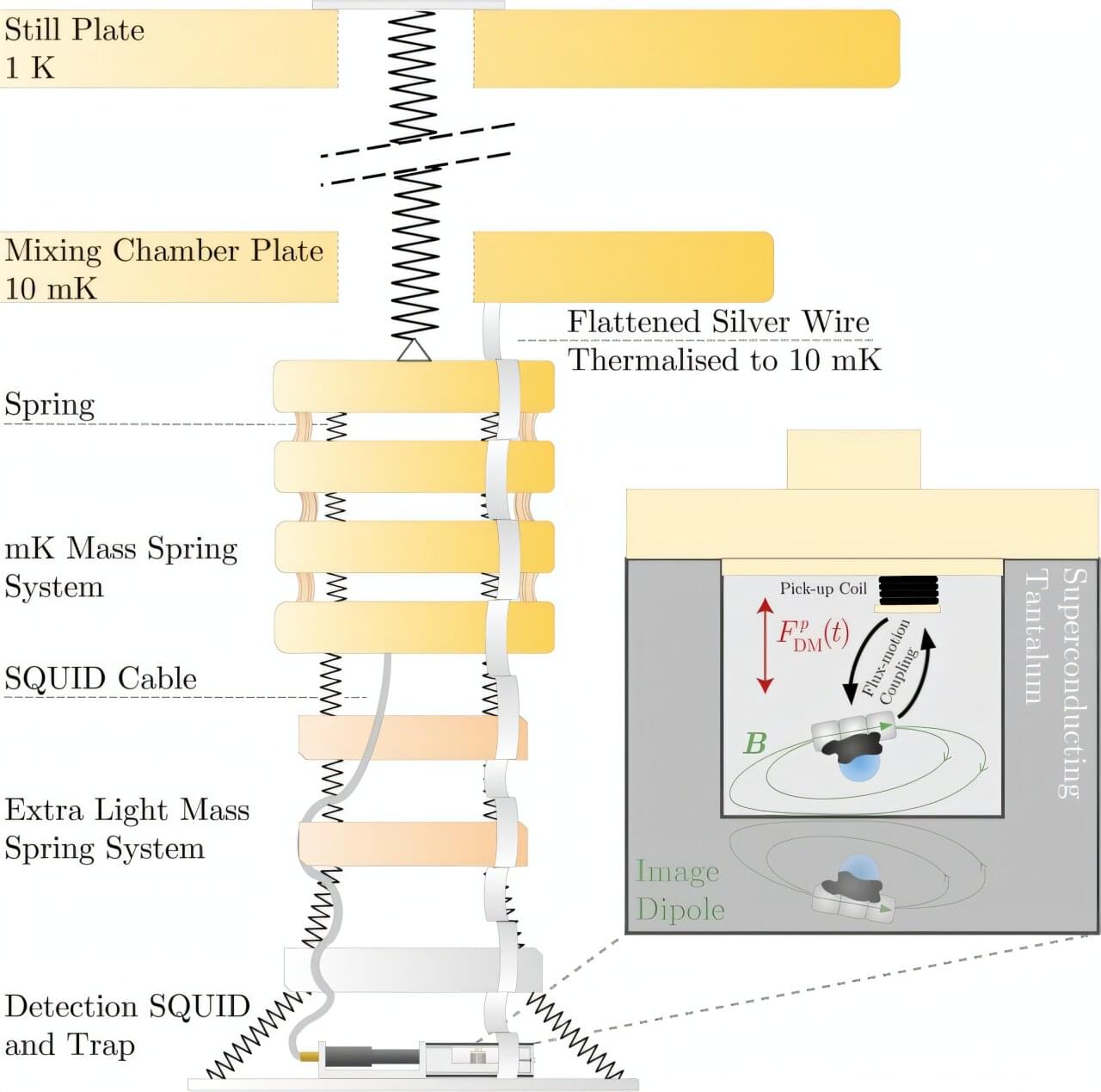
Dark matter, although not visible, is believed to make up most of the total mass of the universe. One theory suggests that ultralight dark matter behaves like a continuous wave, which could exert rhythmic forces that are detectable only with ultra-sensitive quantum instrumentation.
New research published in Physical Review Letters and led by Rice University physicist Christopher Tunnell and postdoctoral researcher Dorian Amaral, the study’s first author and lead analyst, sees the first direct search for ultralight dark matter using a magnetically levitated particle.
In collaboration with physicists from Leiden University, the team suspended a microscopic neodymium magnet inside a superconducting enclosure cooled to near absolute zero. The setup was designed to detect subtle oscillations believed to be caused by dark matter waves moving through Earth.
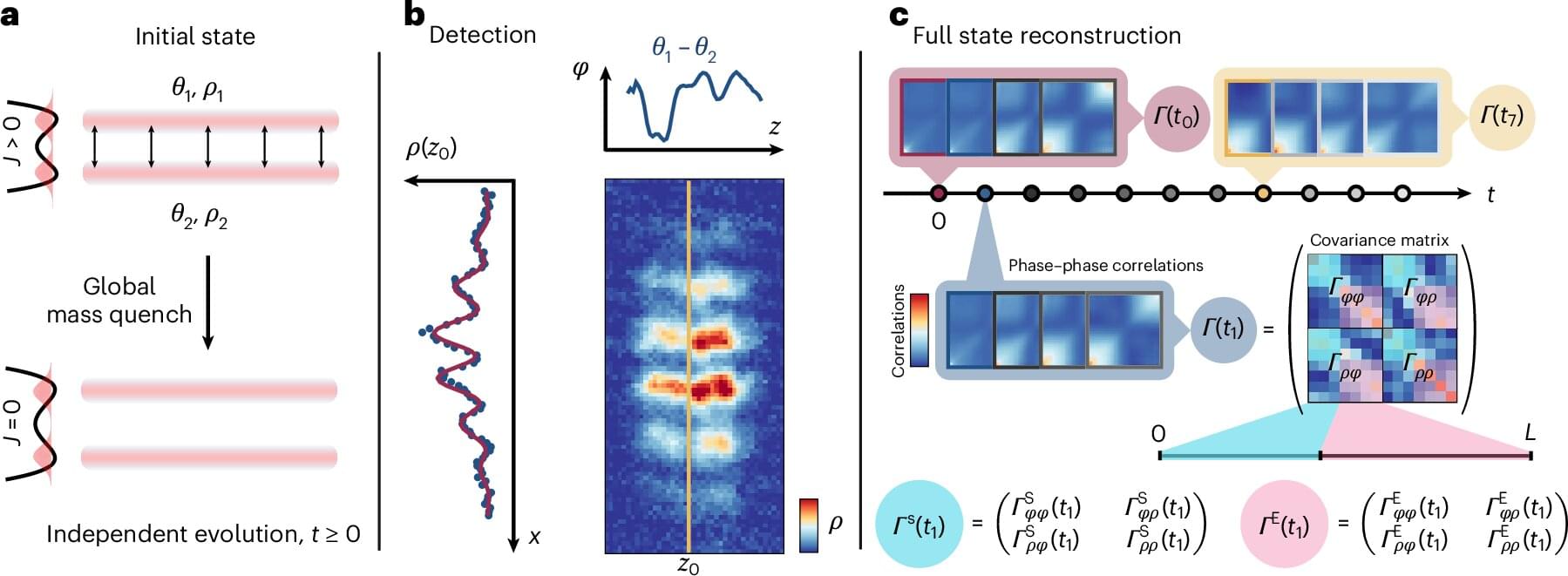
Landauer’s principle is a thermodynamics concept also relevant in information theory, which states that erasing one bit of information from an information system results in the dissipation of at least a specific amount (i.e., kBTln2) of energy. This principle has so far been primarily considered in the context of classical computers and information processing systems.
Yet researchers at TU Vienna, the Freie Universität Berlin, the University of British Columbia, the University of Crete and the Università di Pavia recently extended Landauer’s principle to quantum many-body systems, systems made up of many interacting quantum particles.
Their paper, published in Nature Physics, introduces a viable approach to experimentally probe this crucial principle in a quantum regime and test theoretical predictions rooted in quantum thermodynamics.
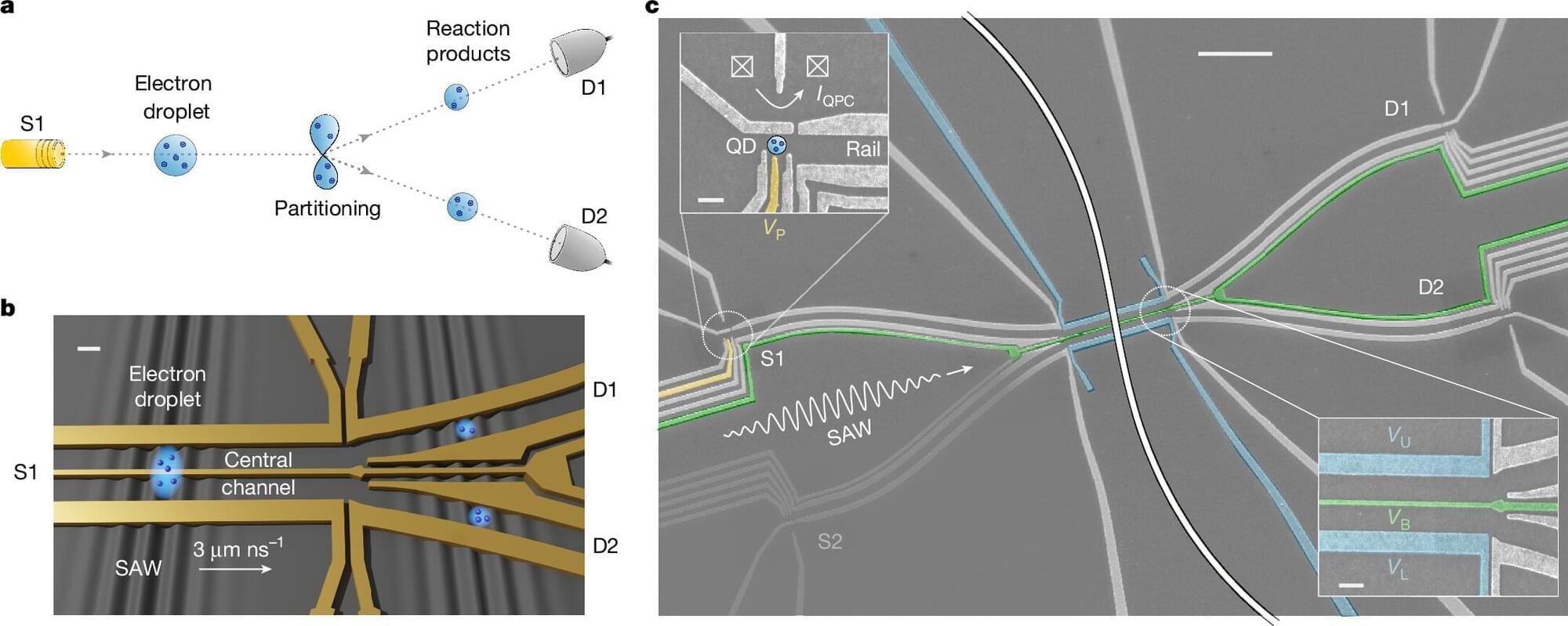
Three electrons are enough to trigger strong interactions between particles. That is what was demonstrated by scientists from the CNRS and l’Université de Grenoble Alpes, in collaboration with teams from Germany and Latvia, in a study published in the journal Nature.
With the help of a tiny collider they built themselves, the researchers successfully “accelerated” up to five electrons at the same time toward a separation barrier, and counted the number of electrons present on each side.
The result: Three electrons are enough to show strong interactions between particles. With five electrons, the interactions become so intense that they imitate the behavior of hundreds of billions of electrons. Placed together, these three particles form an actual “heap” in the liquid state.

Solving life’s great mysteries often requires detective work, using observed outcomes to determine their cause. For instance, nuclear physicists at the U.S. Department of Energy’s Thomas Jefferson National Accelerator Facility analyze the aftermath of particle interactions to understand the structure of the atomic nucleus.
This type of subatomic sleuthing is known as the inverse problem. It is the opposite of a forward problem, where causes are used to calculate the effects. Inverse problems arise in many descriptions of physical phenomena, and often their solution is limited by the experimental data available.
That’s why scientists at Jefferson Lab and DOE’s Argonne National Laboratory, as part of the QuantOm Collaboration, have led the development of an artificial intelligence (AI) technique that can reliably solve these types of puzzles on supercomputers at large scales.
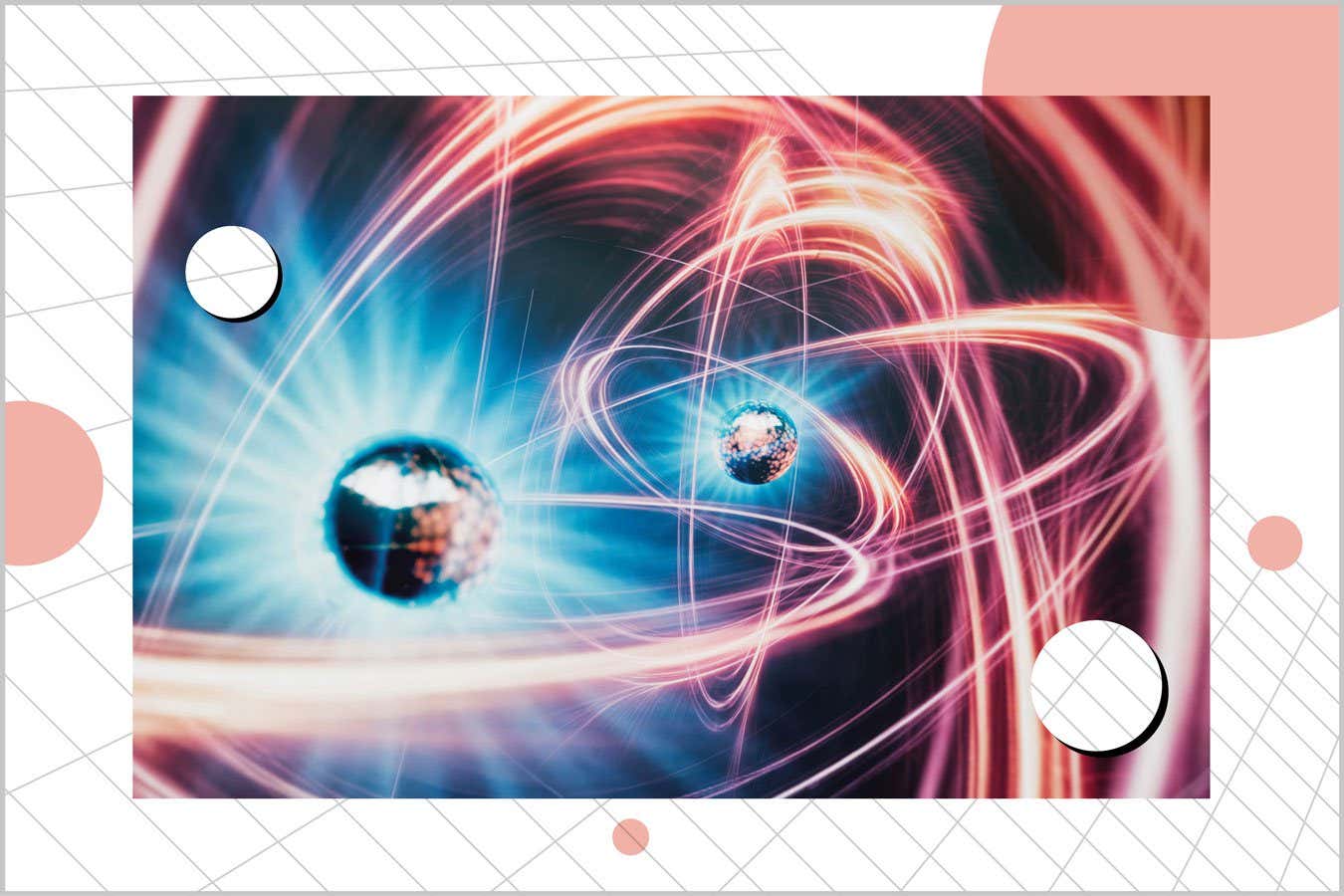
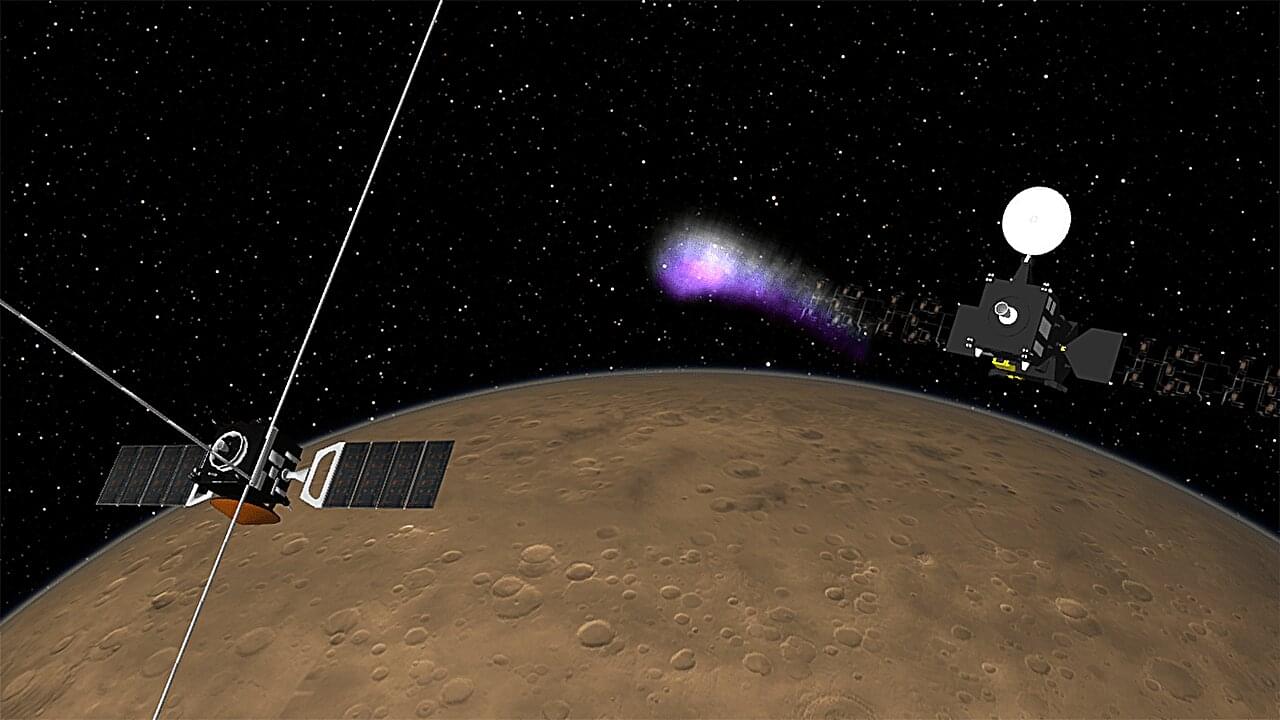
Like Earth, Mars is surrounded by an ionosphere—the part of its upper atmosphere where radiation from the sun knocks electrons off of atoms and molecules, creating charged particles. The Martian ionosphere is complex and continuously changes over the course of the day, but its role in atmospheric dynamics and radio communication signals means understanding it is key for Mars exploration.
One way to study the Martian ionosphere is with radio occultation, in which a spacecraft orbiting Mars sends a radio signal to a receiver on Earth. When it skims across the Martian ionosphere, the signal bends slightly. Researchers can measure this refraction to learn about Martian ionospheric properties such as electron density and temperature. However, the relative positions of Mars, Earth, and the sun mean conventional radio occultation cannot measure the middle of the Martian day.
Now, in an article published in the Journal of Geophysical Research: Planets, Jacob Parrot and colleagues deepen our understanding of the Martian ionosphere using an approach called mutual radio occultation, in which the radio signal is sent not from an orbiter to Earth but between two Mars orbiters. As one orbiter rises or sets behind Mars from the other’s perspective, the signal passes through the ionosphere and refracts according to the ionosphere’s properties.
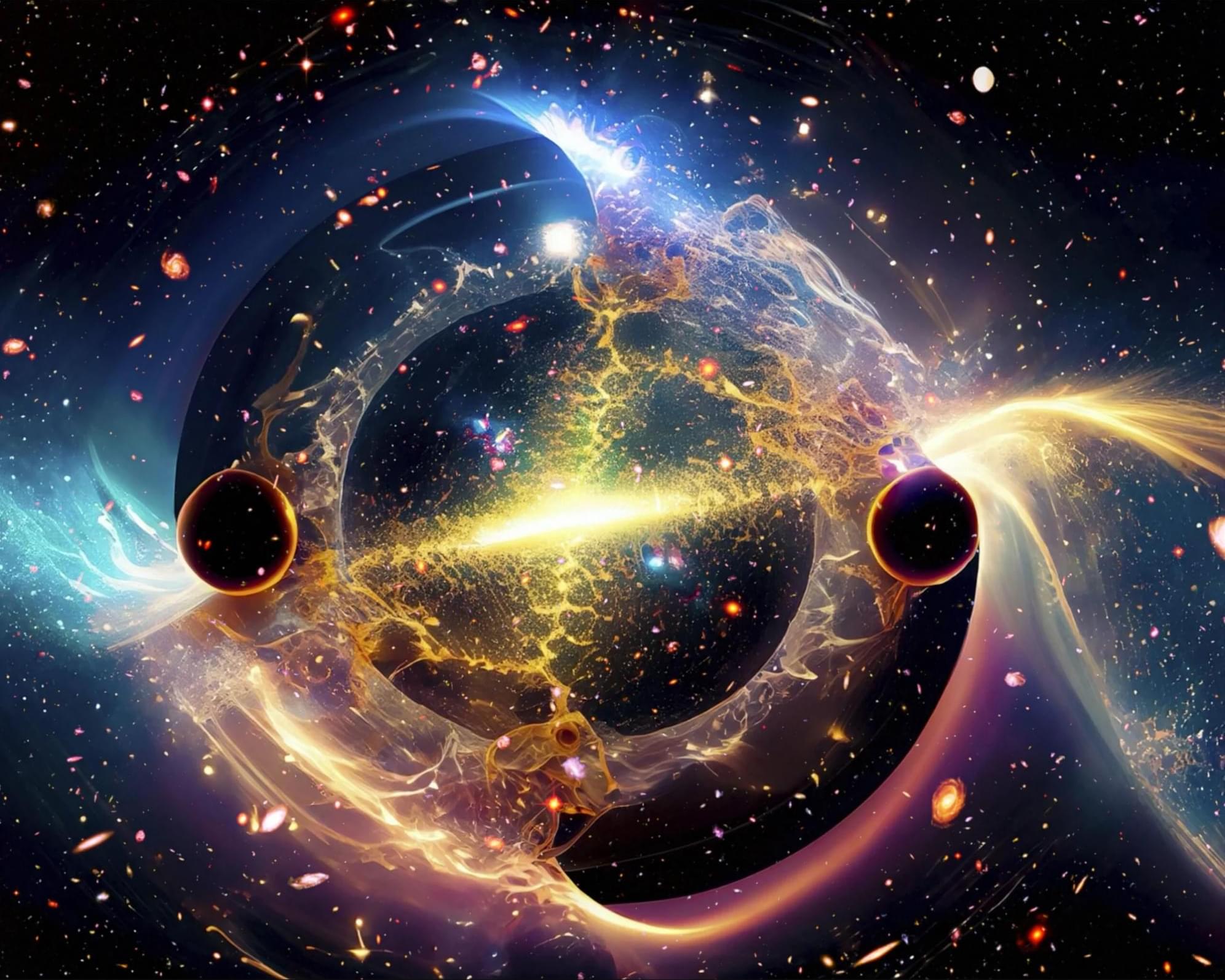
For over 100 years, two theories have shaped our understanding of the universe: quantum mechanics and Einstein’s general relativity. One explains the tiny world of particles; the other describes gravity and the fabric of space. But despite their individual success, bringing them together has remained one of science’s greatest unsolved problems.
Now, a team of researchers at University College London has introduced a bold new idea. Rather than tweaking Einstein’s theory to fit into quantum rules, they suggest flipping the script. Their model, called a “postquantum theory of classical gravity,” aims to rethink the deep link between gravity and the quantum world.
Quantum mechanics thrives on probabilities, uncertainty, and the strange behavior of subatomic particles. It’s helped explain the structure of atoms and power modern technology. Meanwhile, general relativity offers a grand view of the universe, where planets and stars bend spacetime and create what we feel as gravity.